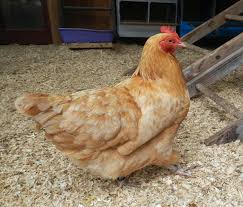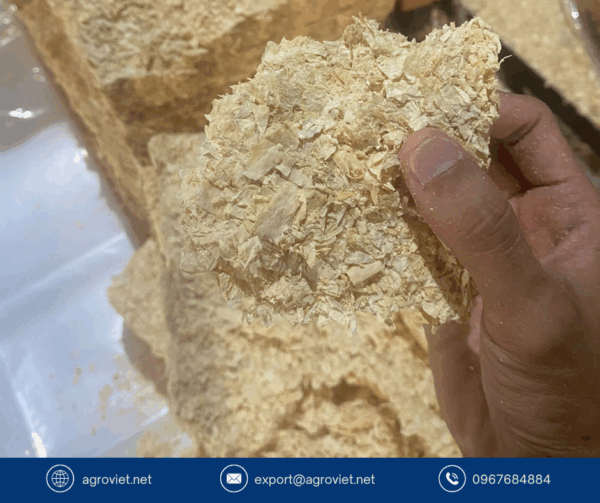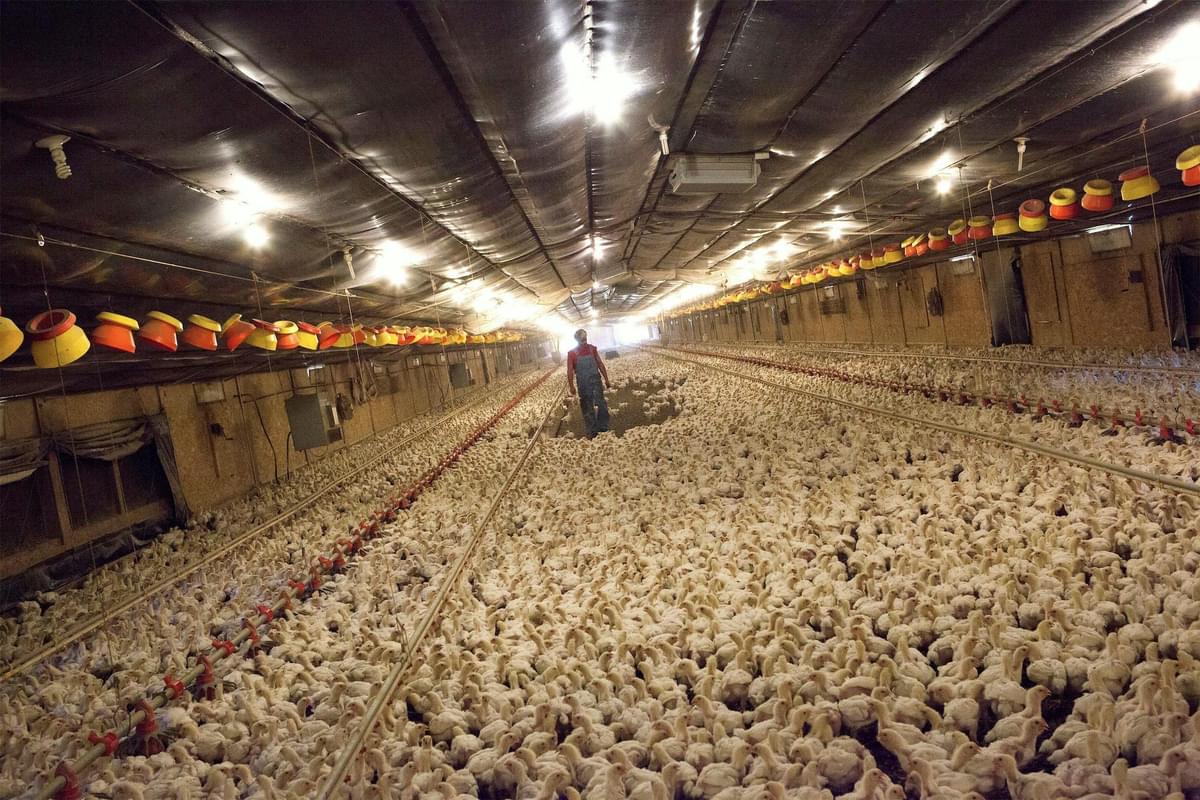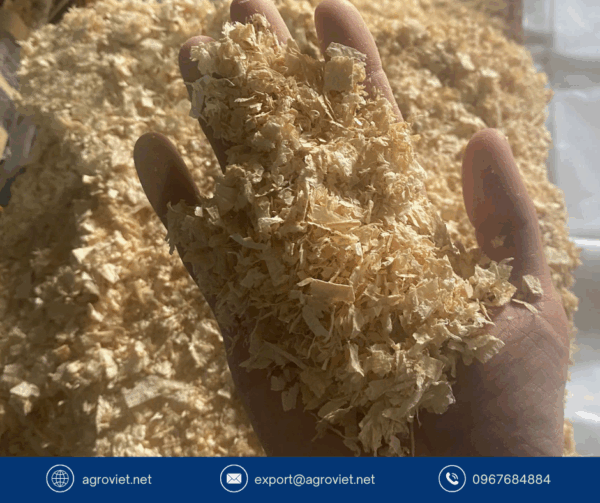Aspergillosis in Poultry: The Silent Threat from Moldy or Dusty Bedding
Introduction to Aspergillosis in Poultry
Aspergillosis, a noncontagious fungal infection caused by Aspergillus species, poses a silent yet deadly threat to poultry, particularly chickens and turkeys. Often linked to moldy or dusty bedding, this disease primarily affects the respiratory system, leading to significant morbidity and mortality. Known as brooder pneumonia in young chicks, aspergillosis can devastate flocks, causing economic losses through reduced growth, high mortality, and carcass condemnation. Clean wood shavings, with their excellent absorbency and low-dust properties, are a critical solution for preventing this disease. Drawing on veterinary insights from PoultryDVM, this post explores the causes, impacts, and manifestations of aspergillosis and emphasizes the role of wood shavings in its prevention.
What Is Aspergillosis?
Aspergillosis is an opportunistic fungal infection caused primarily by Aspergillus fumigatus, with A. flavus and A. niger as less common culprits. It targets poultry with immature or compromised immune systems, thriving in environments with organic matter, moisture, and warmth. The disease manifests in two forms: acute aspergillosis, often called brooder pneumonia, affects young chicks exposed to high spore concentrations, while chronic aspergillosis impacts older birds with weakened immunity. PoultryDVM notes that aspergillosis can affect multiple organs, with pulmonary aspergillosis being the most common, causing respiratory distress and mortality rates up to 50% in severe outbreaks.
Watch this: https://www.youtube.com/watch?v=B1CKwH-3N3g
Clinical Manifestations of Aspergillosis
Aspergillosis presents in various forms depending on the affected organs:
-
Pulmonary Aspergillosis: The most prevalent form, characterized by respiratory distress, silent gasping, and accelerated breathing rates. Lesions include white to yellow nodules in the lungs and air sacs, often occluding airways.
-
Ocular Aspergillosis: Causes eye opacity and conjunctivitis, impairing vision.
-
Neurological Aspergillosis: Leads to torticollis, tremors, and incoordination when the brain is affected.
-
Dermatitis and Systemic Infections: Less common, these involve skin lesions or visceral organ damage, particularly in immunocompromised birds. PoultryDVM highlights that clinical signs may remain subtle until the disease is advanced, making early detection challenging. Acute cases in chicks can lead to rapid death, while chronic cases cause weight loss, lethargy, and reduced productivity in adult birds.
How Moldy or Dusty Bedding Triggers Aspergillosis
Moldy or dusty bedding, such as straw, corncob, or low-quality sawdust, is a primary source of Aspergillus spores. These spores thrive in wet, warm conditions, multiplying rapidly in poorly managed litter. Inhalation of spore-laden dust, especially during litter disturbance, infects birds’ respiratory systems, where spores lodge in air sacs and lungs. PoultryDVM notes that bedding with moisture levels above 30% or stored in humid conditions fosters fungal growth, increasing spore concentrations. Dusty bedding, like fine sawdust, exacerbates the problem by dispersing spores into the air, with infection risk rising by 40% in poorly ventilated barns.
Risk Factors and Transmission
Aspergillosis is not contagious but spreads through environmental exposure. Key risk factors include:
-
Moldy Bedding: Wet litter, hay, or feed contaminated with Aspergillus spores.
-
Poor Ventilation: Low air changes (below 6 per hour) trap spores and increase humidity.
-
Immunosuppression: Stress, nutritional deficiencies (e.g., vitamin A), or prolonged antibiotic use weaken immunity.
-
High Spore Loads: Contaminated hatcheries or eggshells can release spores during incubation, infecting chicks. PoultryDVM emphasizes that young chicks (7-40 days old) are most vulnerable due to immature immune systems, with mortality rates reaching 30-50% in acute outbreaks. Chronic cases in older birds often stem from stress or concurrent diseases like colibacillosis.
Economic and Welfare Impacts
Aspergillosis has severe consequences for poultry welfare and farm economics. Acute outbreaks cause high mortality, while survivors exhibit stunted growth and reduced feed efficiency, impacting meat or egg production. The PoultryDVM source indicates that affected flocks may face losses of $0.10-$0.50 per bird due to mortality, treatment attempts, and carcass condemnation. Chronic cases lead to prolonged unthriftiness, reducing flock value by up to 15%. Welfare issues include respiratory distress and pain, affecting bird quality of life and raising ethical concerns in commercial operations.
Why Wood Shavings Are a Critical Solution
Clean wood shavings are an effective bedding choice for preventing aspergillosis. Their high absorbency—retaining up to 200% of their weight in moisture—keeps litter dry, inhibiting Aspergillus growth and spore production. Unlike straw or corncob, which retain moisture, wood shavings promote aeration, reducing humidity and fungal proliferation. Their low-dust nature minimizes airborne spores, lowering inhalation risks. PoultryDVM and related studies note that wood shavings reduce litter moisture by 40% compared to straw, decreasing aspergillosis incidence by up to 30% in well-managed barns.
Key Benefits of Wood Shavings for Poultry Bedding
-
Moisture Control: Absorbs water and manure, maintaining litter moisture below 20% to prevent fungal growth.
-
Low Dust: Reduces airborne Aspergillus spores, minimizing respiratory exposure.
-
Hygienic Properties: Limits mold and bacterial growth, creating a cleaner environment.
-
Comfort: Provides a soft, loose surface, reducing stress and supporting immune health.
-
Cost-Effective: Durable and efficient, requiring less frequent replacement than other materials.
Practical Tips for Using Wood Shavings
To maximize the benefits of wood shavings, poultry farmers should:
-
Use untreated softwood shavings, such as pine, to avoid chemical irritants.
-
Maintain a litter depth of 4-6 inches for optimal absorbency and comfort.
-
Regularly turn litter to prevent caking and ensure consistent dryness.
-
Store shavings in dry, ventilated areas to prevent mold contamination.
-
Combine with proper ventilation (6-8 air changes per hour) to enhance moisture and spore control.
Complementary Strategies for Aspergillosis Prevention
In addition to wood shavings, these practices help prevent aspergillosis:
-
Ventilation: Ensure adequate airflow to reduce humidity and spore accumulation.
-
Sanitation: Clean and disinfect barns, hatcheries, and equipment to eliminate spore sources.
-
Feed Quality: Use mold-free feed and store it in dry conditions to prevent contamination.
-
Stress Reduction: Minimize overcrowding and transport stress to support immune function.
-
Hatchery Management: Disinfect eggs and hatching equipment to prevent spore spread.
Addressing Challenges with Wood Shavings

Challenges include sourcing high-quality, dust-free shavings and managing compaction in high-traffic areas. Farmers should select premium shavings from reputable suppliers and store them in dry conditions to prevent mold. Regular litter turning maintains absorbency, while ventilation reduces dust. With proper management, wood shavings offer significant advantages in controlling aspergillosis and improving flock health.
Conclusion
Aspergillosis, driven by moldy or dusty bedding, is a silent threat to poultry, causing respiratory distress, high mortality, and economic losses. Clean wood shavings, with their superior moisture control and low-dust properties, are a proven solution to reduce Aspergillus spore exposure and prevent outbreaks. Supported by veterinary insights from PoultryDVM, wood shavings maintain a dry, hygienic environment, enhancing bird welfare and farm profitability. By prioritizing wood shavings and adopting robust management practices, poultry farmers can protect their flocks from aspergillosis, ensuring sustainable and healthy operations.
Read more: https://vietnambestwood.com/general/wood-shaving-wood-pellet-pros-cons/

